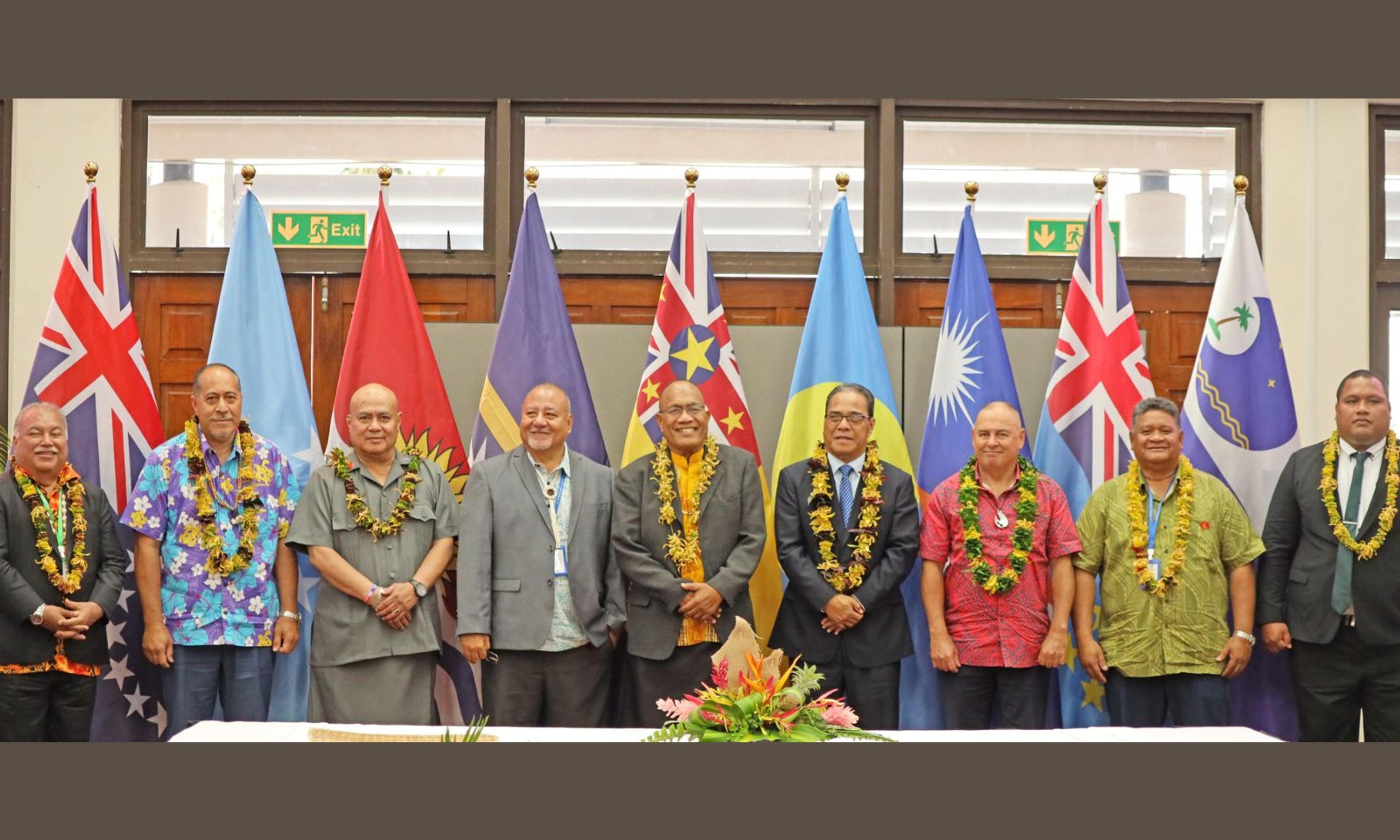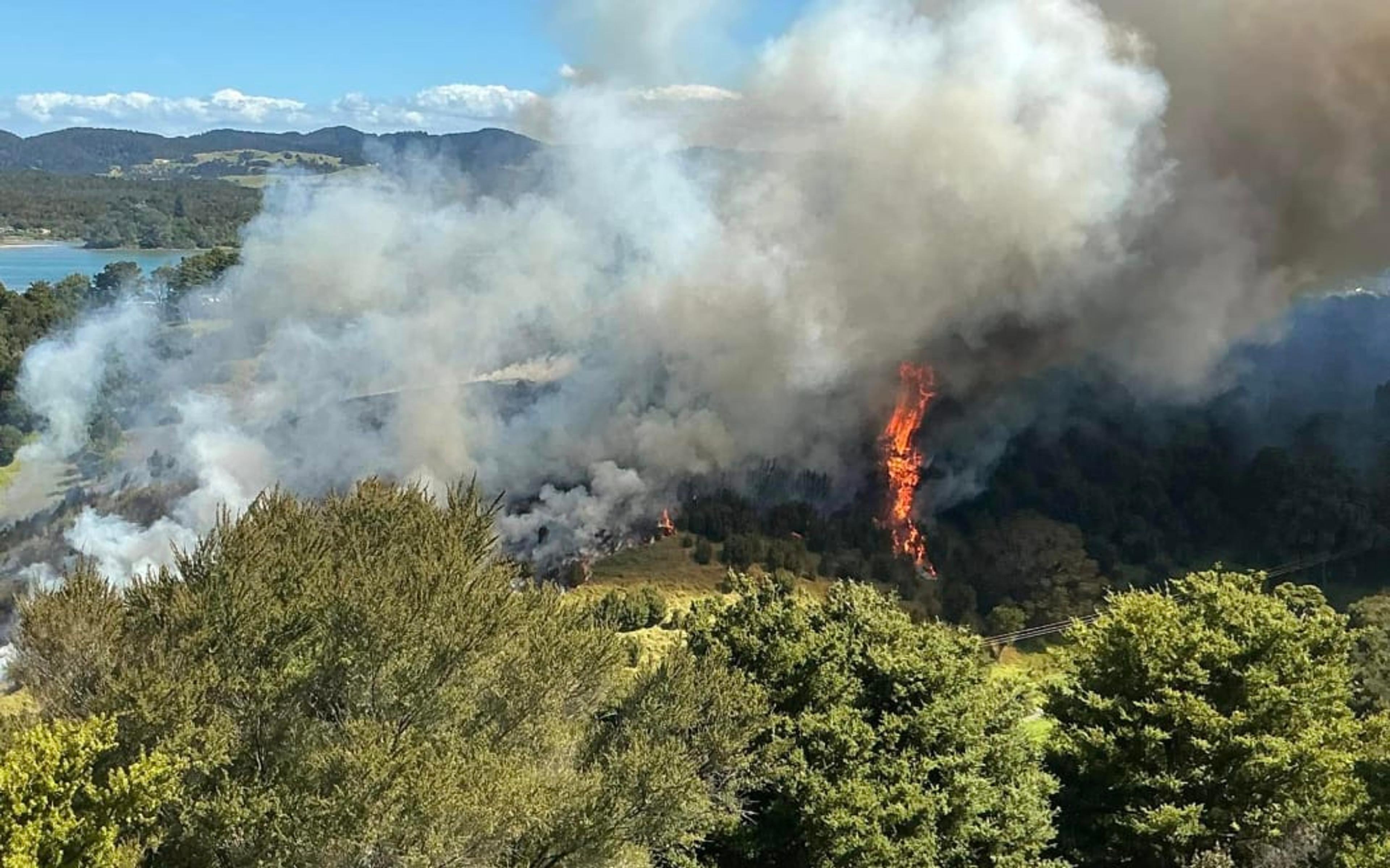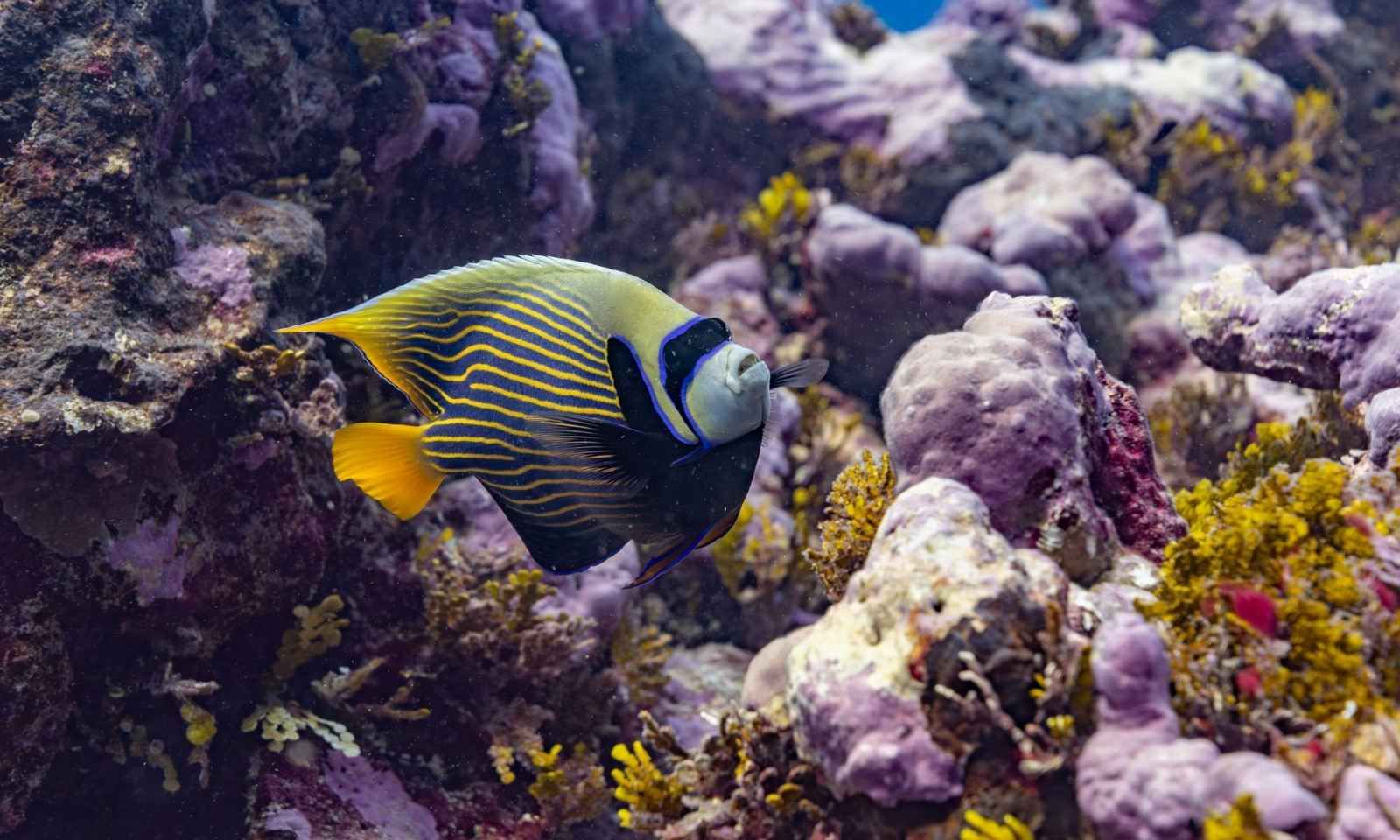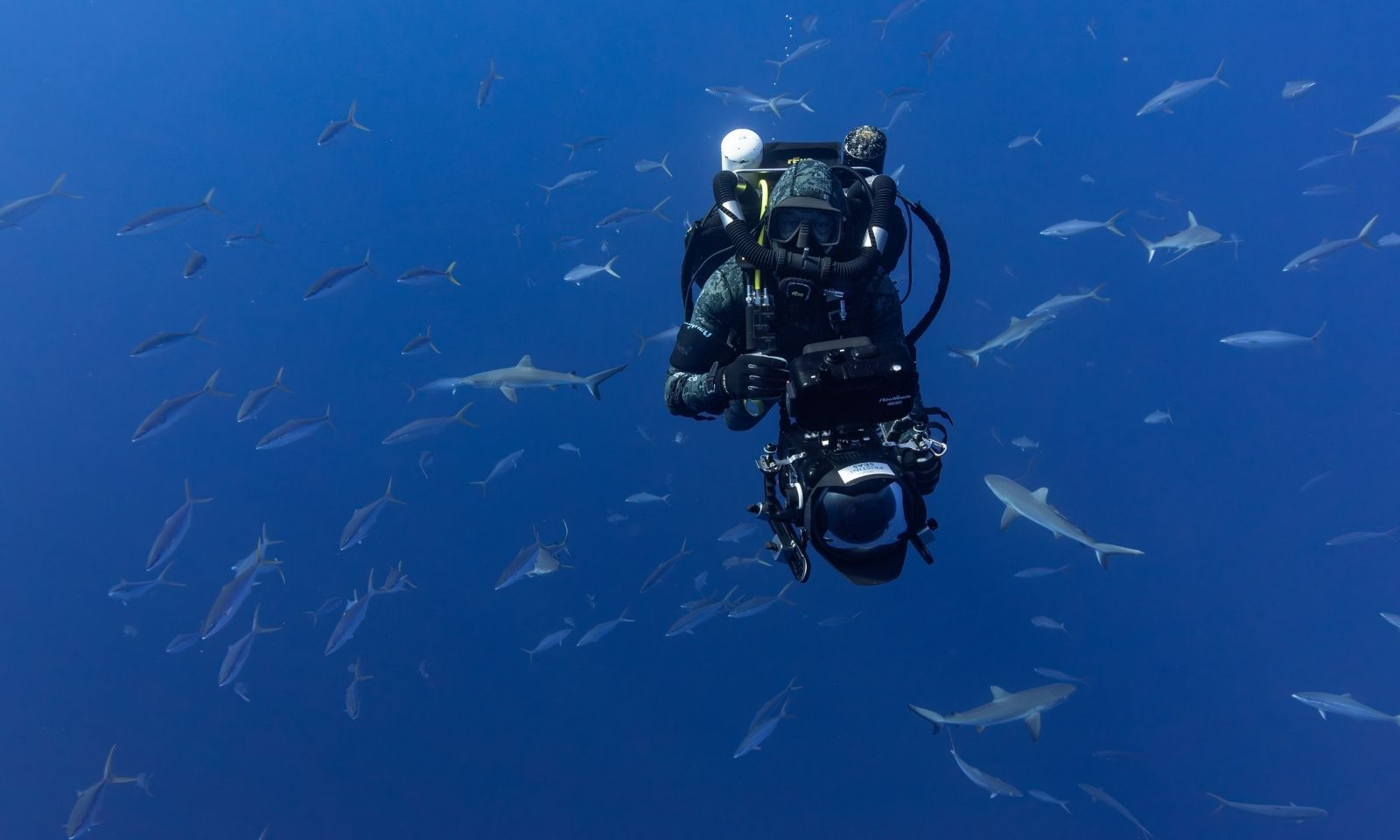

A giant clam in the waters of Nanumea, Tuvalu.
Photo/National Geographic Pristine Seas/Manu San Félix
From reef ruins to science inspiration: Marine mission in Tuvalu concludes
As coral health declines across Tuvalu, researchers say education and conservation offer hope, after a national survey and youth science day reach new depths.


US withdrawal from global bodies raises concern for the Pacific's climate efforts - experts


Two seasonal workers found dead at Bay of Plenty orchard


US withdrawal from global bodies raises concern for the Pacific's climate efforts - experts


Two seasonal workers found dead at Bay of Plenty orchard
A months-long expedition in Tuvalu wrapped up last week, marking the completion of the country’s first full marine survey designed to guide national ocean protection policy.
The collaborative expedition, led by National Geographic Pristine Seas in partnership with the Tuvalu government, began in early May. Scientists used baited remote underwater video systems (BRUVs), environmental DNA (eDNA) sampling, and the Argonauta submersible to explore Tuvalu’s deep-sea, reef, and coastal ecosystems from Nanumea to Niulakita.
The team’s research has also been documented in a style that follows their analysis of ocean health, including coral reefs, which reveals a mix of concern and optimism.
Ryan Jenkinson, Director of Expeditions and marine ecologist, says they have not found a lot of living coral, describing reefs as “skeletons remaining”. He says, although they found small pockets of live coral, there is still cause for concern.
The good news is that we've seen fish abundance and biomass remain high. It's a good sign that there are still fish like the herbivores and grazers that are actually cleaning, even though the reef structure is not alive,” Jenkinson says.
“They're taking off the algae and things that would settle on it. So if new coral would show up, it should be able to settle and grow. The fish are around because there's still structure - There's places to hide, there's crevices.

Angelfish in the waters of Tuvalu. Photo/National Geographic Pristine Seas/Manu San Félix
The team also hosted a “Ship Day” on Vaitupu island, home to the primary and secondary schools of Tuvalu. Jenkinson says they welcomed nearly 200 students aboard their vessel for a day.
These events gave Tuvaluan youth exposure to marine science, technology, and storytelling, with students boarding in small groups due to the absence of a harbour.
“It's honestly one of the more rewarding activities that we undertake. For these kids, you get out on this huge ship and there's this equipment and people telling them and it's a little bit overwhelming and they're kind of just taking it all in.”

National Geographic Pristine Seas underwater cinematographer, Manu San Félix, swims with grey reef sharks in the waters of Tuvalu. Photo/National Geographic Pristine Seas/Iñigo San Felix
“But the way that I can tell it's successful is when they get back on the boat to go to shore and everyone's talking like a 1,000 miles a minute and laughing. They were so respectful and listening, but then as soon as they were off, they were mind blown.
“The principal of the school came out and sent a really nice message afterwards, talking about how impactful that is for the kids at the school to have that opportunity.”
Having previously led expeditions in Alaska, Madagascar and Ghana, Jenkinson says Tuvalu’s frontline climate reality is unmatched. He says Tuvalu has been combatting climate change for longer than many other countries.
Watch Ryan Jenkinson’s full interview below.
“We've heard this is the country that is going to sink and be gone because sea level is going to rise and these islands are at such low elevation. So it's almost ingrained into the culture now that concept, which is really difficult.”
Jenkinson says most people he has met in the Pacific have not been shocked by their discoveries of the declining health of the reefs due to warming waters.
"They're used to this, they have been at the forefront of the consequences of global actions for longer than our time here. So I have found that the people here are asking us questions like, ‘so what do we do’? Whereas in other parts of the world, they're like, ‘what's going on? This is strange’.”